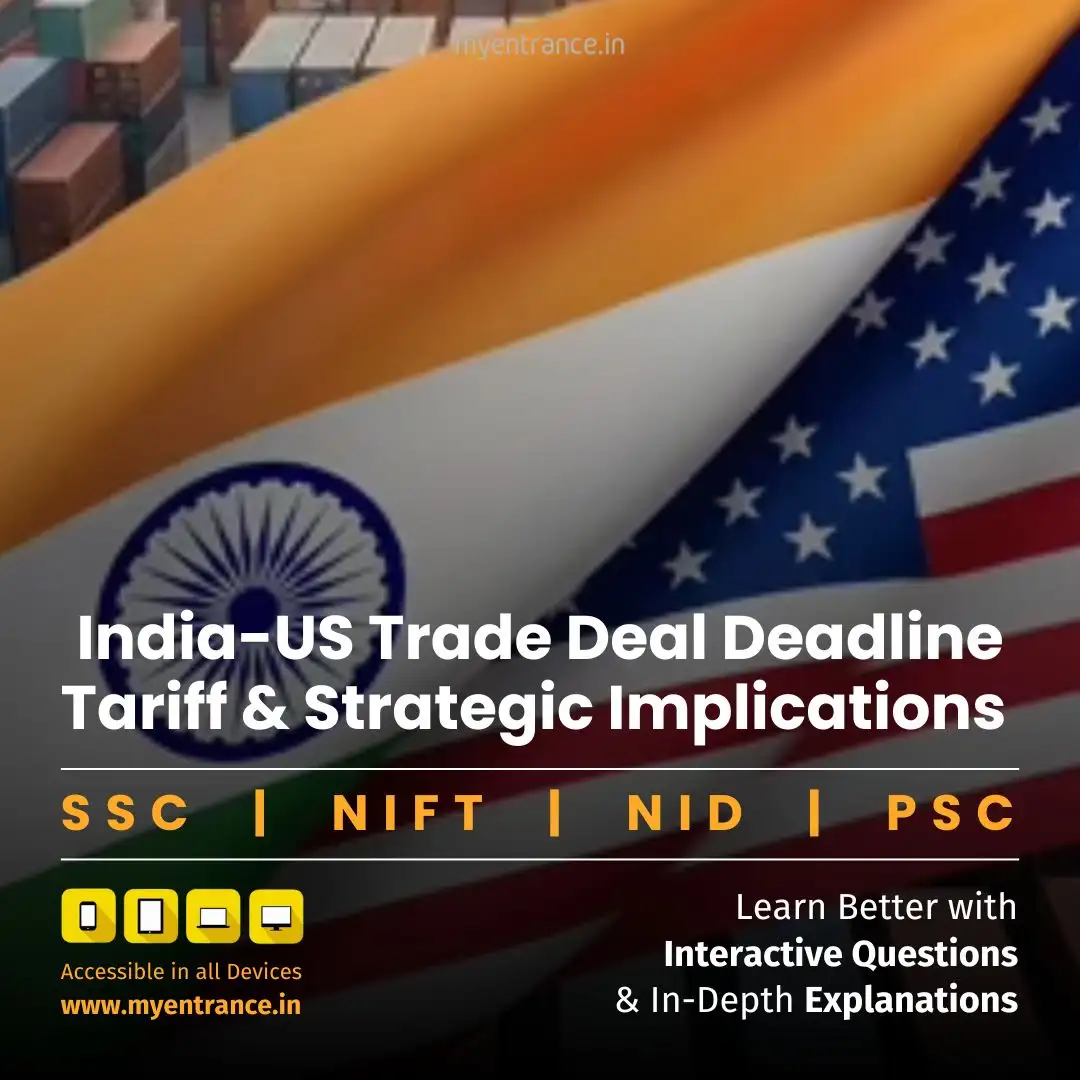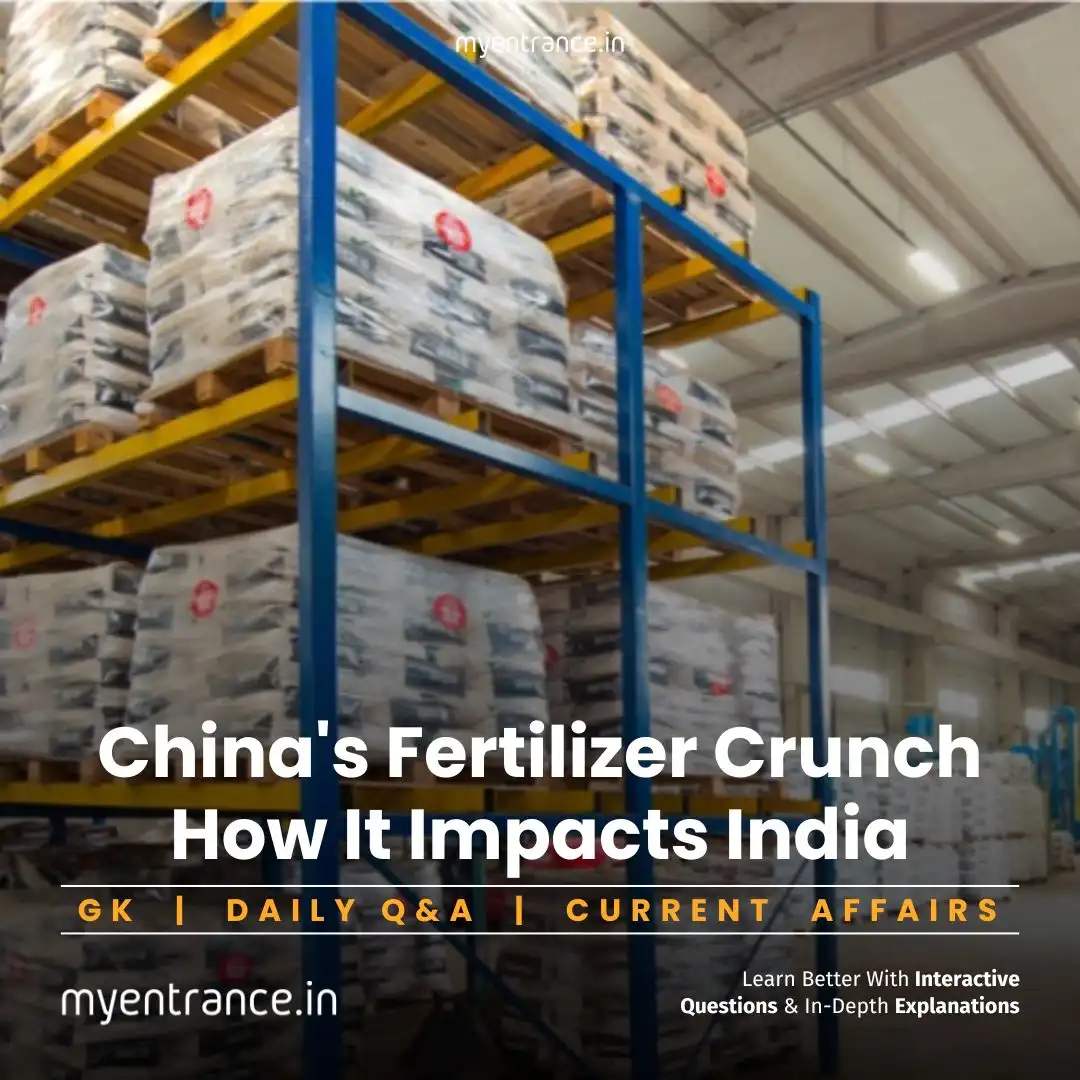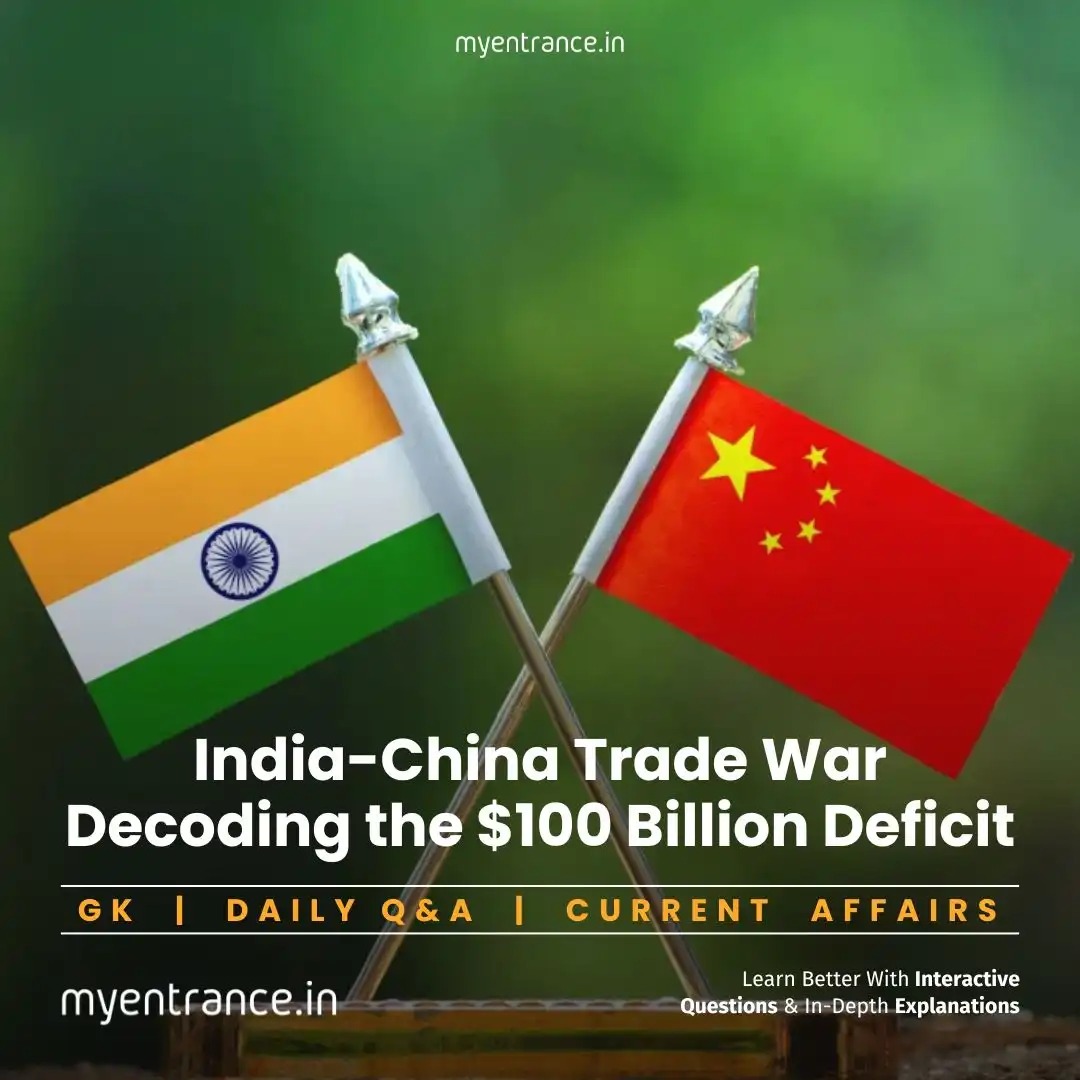Select Language
Will India & US Finalize Trade Deal Before July 9? Exam Analysis on Tariffs & Trade Deficit
India is in a last-minute push to secure a trade agreement with the US before July 9, when suspended tariffs could be reinstated. This high-stakes negotiation could redefine bilateral trade relations and influence India’s position in global supply chains.
The Countdown Begins
External Affairs Minister S. Jaishankar recently confirmed that India and the US are in intense negotiations to finalize an interim trade deal before the July 9 deadline. This follows the April agreement on Terms of Reference (ToR), which temporarily halted the US plan to impose 26% tariffs on select Indian goods.
Why the Deadline Matters
The US had initially announced reciprocal tariffs on April 2, set to take effect immediately.
A last-minute 90-day suspension was agreed upon, giving both nations until July 9 to reach a deal.
Failure to finalize the agreement could lead to higher tariffs on Indian exports, affecting key industries.
Key Sticking Points in India-US Trade Talks
1. Reciprocal Tariffs & Market Access
US Demands:
Lower Indian duties on agricultural products (soybeans, almonds, apples).
Reduced tariffs on automobiles and whiskey (a major export for the US).
India’s Counter-Demands:
Lower US tariffs on textiles, footwear, tea, and coffee (critical Indian exports).
Easier access for Indian pharmaceuticals in the US market.
2. Rules of Origin Disputes
Defining which products qualify for preferential tariffs remains a hurdle.
The US wants stricter origin certification to prevent third-country goods from benefiting.
3. Bridging the Trade Deficit
The US has a $23 billion trade deficit with India.
To address this, India has increased crude oil imports from the US (up by 11.49% in March 2025).
The US is also pushing for more defense and energy equipment exports to India.
Strategic Implications of the Deal
1. Reducing Dependence on China
Both nations aim to diversify supply chains away from China.
A stronger India-US trade relationship could boost manufacturing under Make in India.
2. Strengthening India’s Global Trade Position
A successful deal could help India join new trade blocs like the Indo-Pacific Economic Framework (IPEF).
It may also improve India’s stance in WTO reforms.
3. Diplomatic & Economic Leverage
A trade agreement could strengthen India’s bargaining power in other international negotiations.
It may also attract more US investments in critical sectors like tech and defense.
Sector-Wise Impact of the Trade Deal
✔ Agriculture
India’s Concern: Protecting farmers from cheap US agricultural imports.
US Demand: Greater market access for soybeans, corn, and dairy products.
✔ Pharmaceuticals
India’s Stand: Retaining price controls on essential medicines.
US Pressure: Easier approvals for US-made drugs in India.
✔ Steel & Aluminum
US Wants: Reduced Indian import duties on steel.
India’s Worry: Protecting domestic steel producers from cheaper US imports.
Latest Developments
Extended Negotiations: US trade officials stayed beyond the scheduled two days in Delhi, indicating progress.
Oil Imports Rise: India increased US crude oil purchases by 11.49% (reaching $63 billion in March 2025) to address trade imbalance concerns.
UPSC-Relevant Questions & Answers
1. Q: What is the significance of the July 9 deadline in India-US trade talks?
A: It marks the end of the US’s 90-day suspension of 26% tariffs on Indian goods, announced on April 2. If no deal is reached, reciprocal tariffs may be imposed.
2. Q: Which Indian exports are most at risk if US tariffs are imposed?
A: Textiles, footwear, tea, and coffee could face higher tariffs, impacting India’s export revenues.
3. Q: How does this trade deal support India’s “China+1” strategy?
A: By strengthening US-India supply chains, reducing dependence on Chinese imports, and boosting local manufacturing.
4. Q: What constitutional principle could be affected by trade deals favoring foreign imports?
A: Article 39(b) (equitable resource distribution) may be undermined if domestic industries suffer due to foreign competition.
5. Q: Why is India increasing oil imports from the US?
A: To reduce the trade surplus with the US, addressing a key demand in negotiations.
Most Predicted Questions
Comprehensive study materials, Expert-guided tips & tricks, Mock tests and instant results.
Start your SSC, NIFT, NID, FDDI, PSC journey today with MyEntrance, your ultimate online coaching platform.








